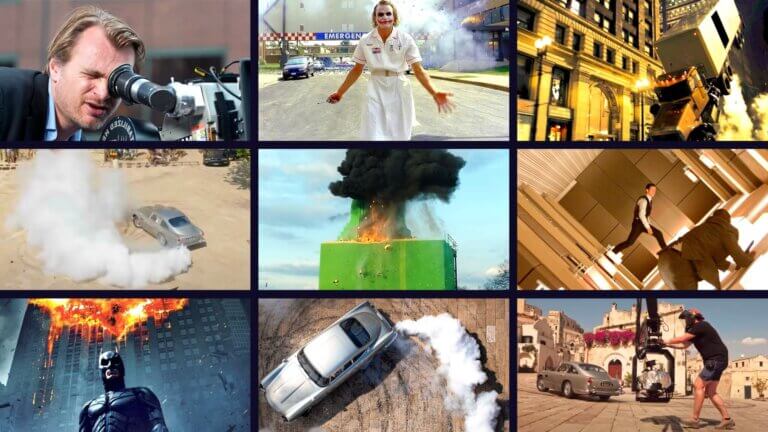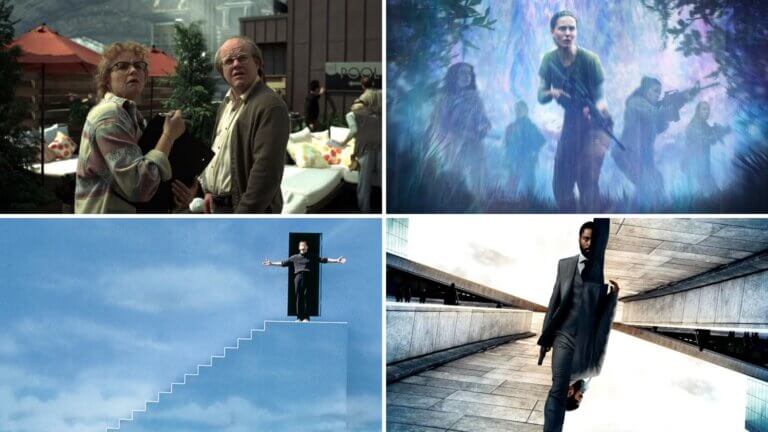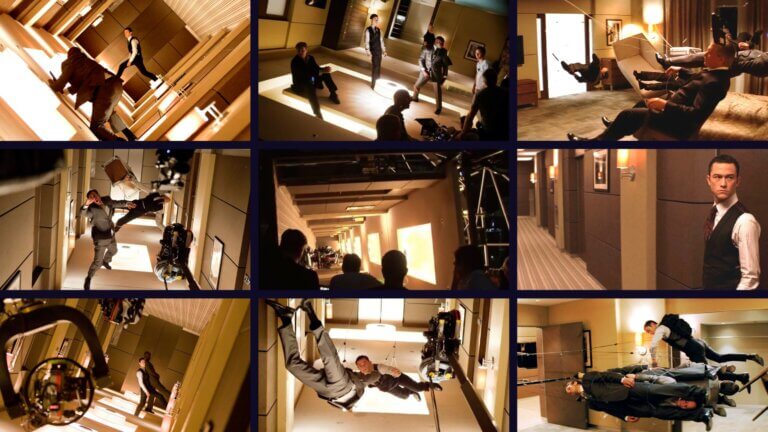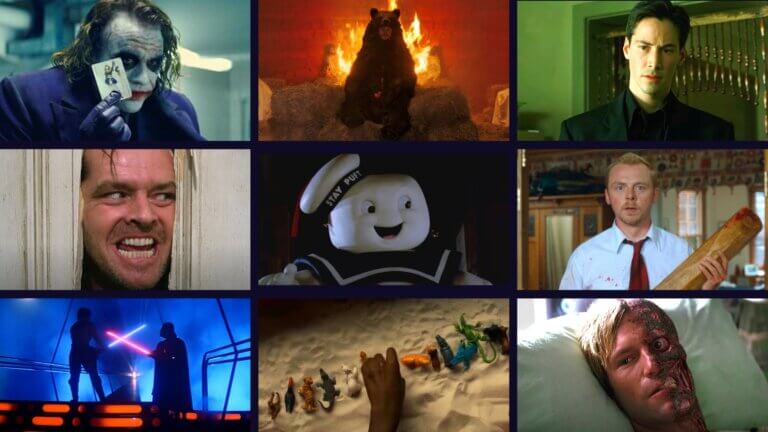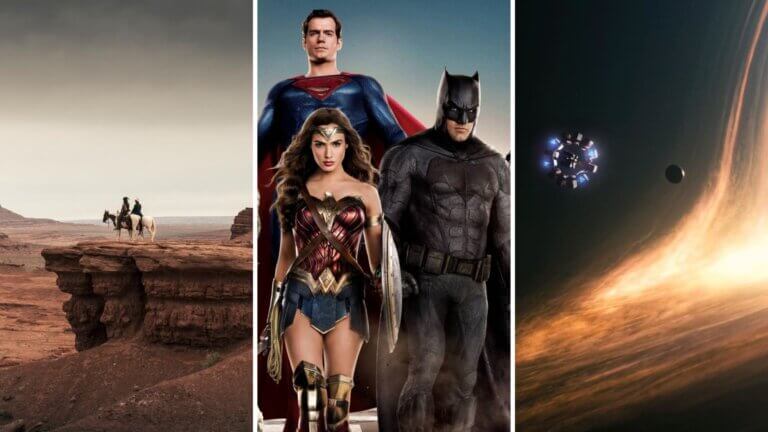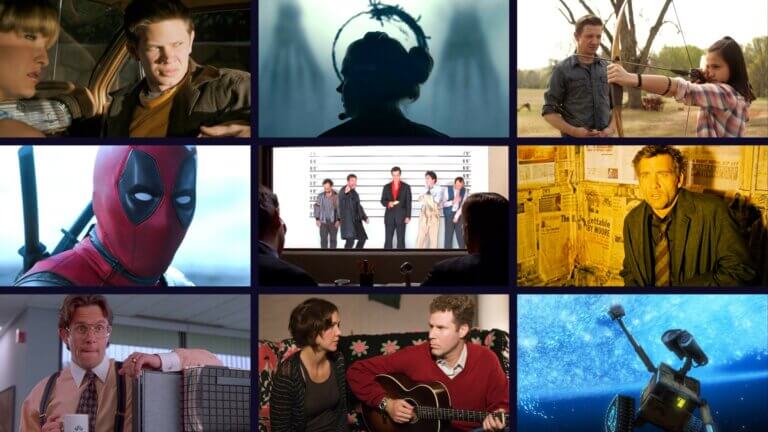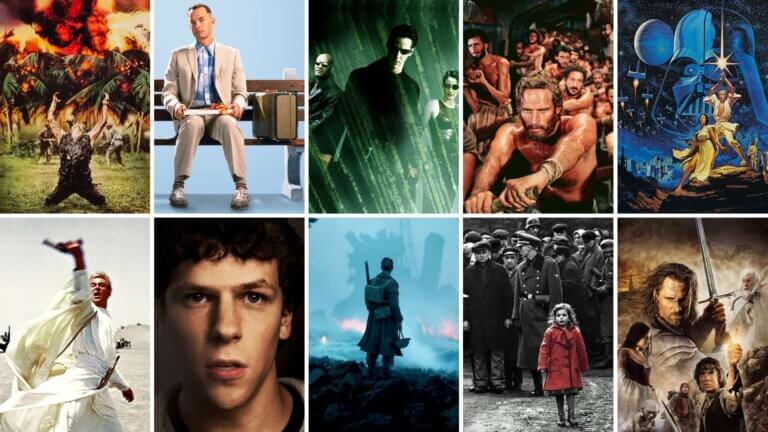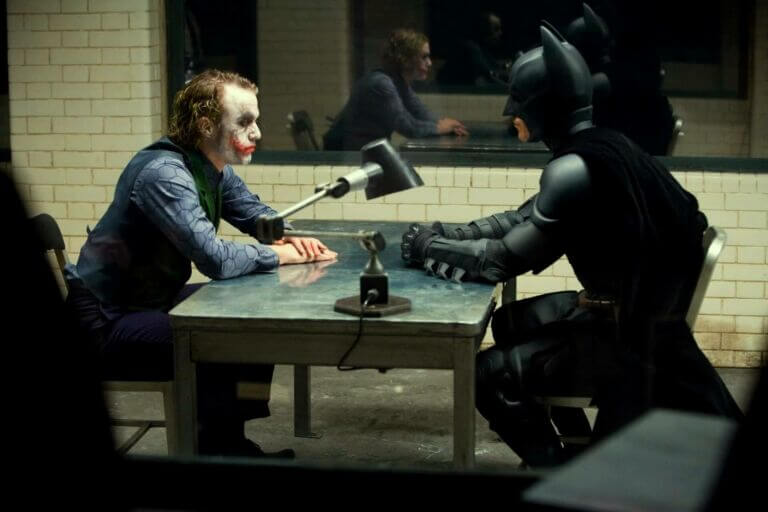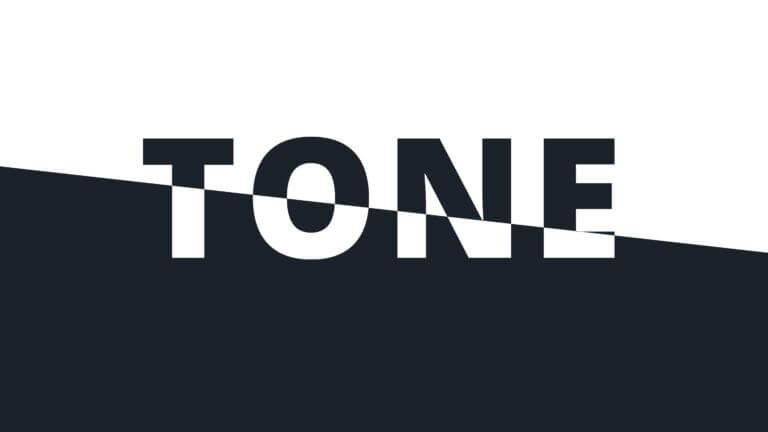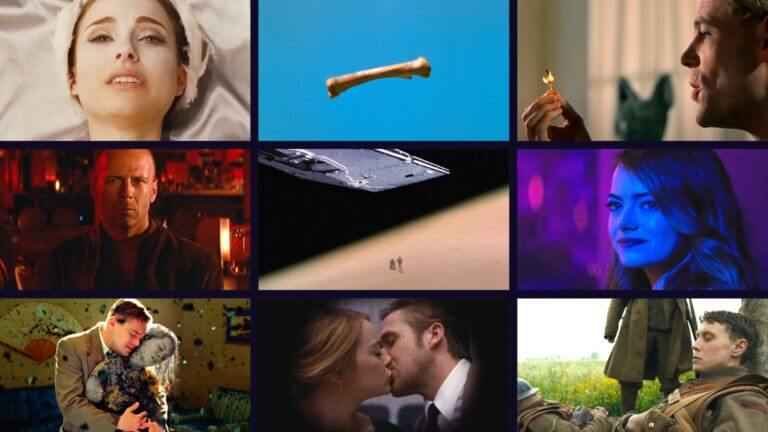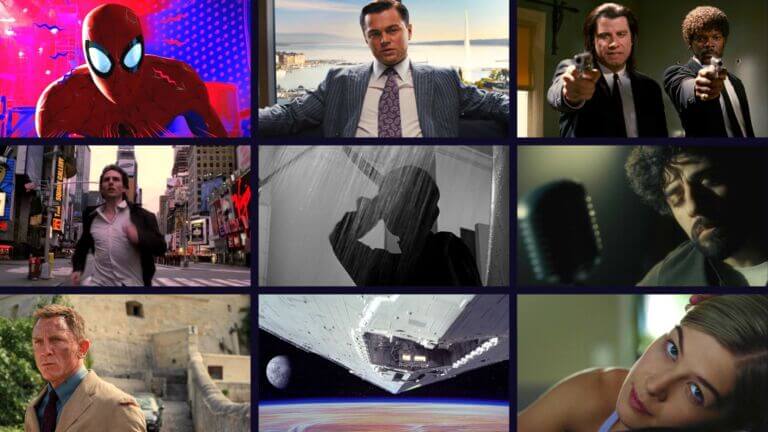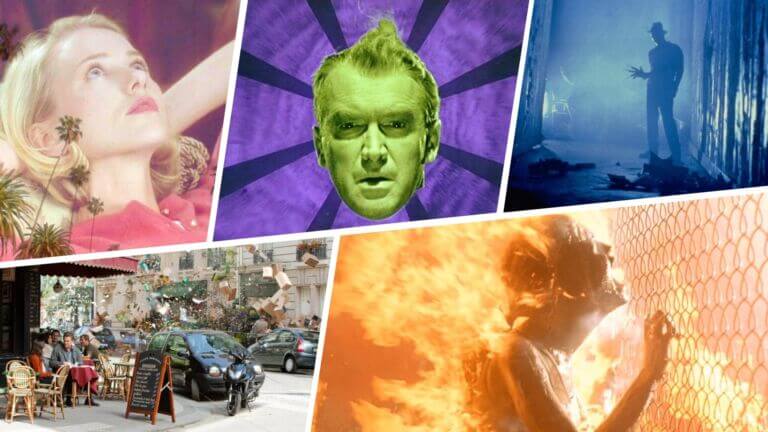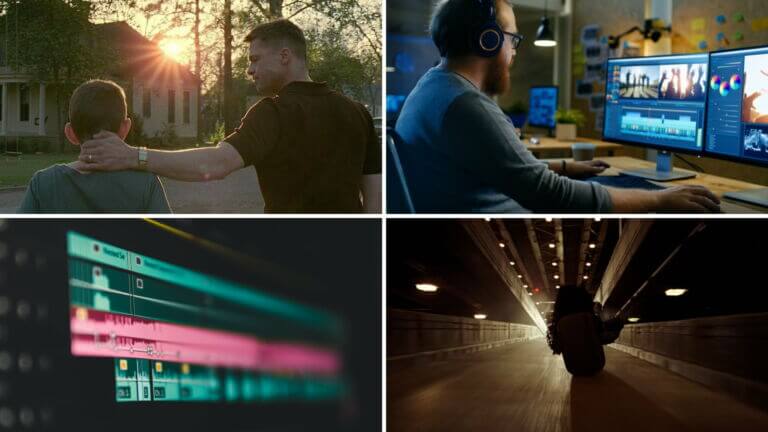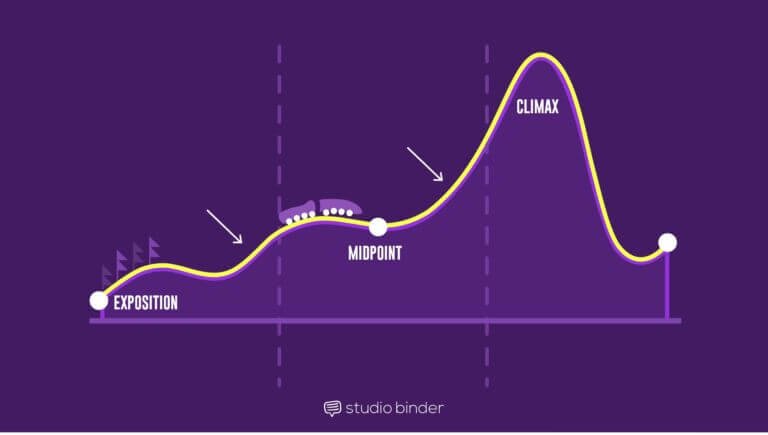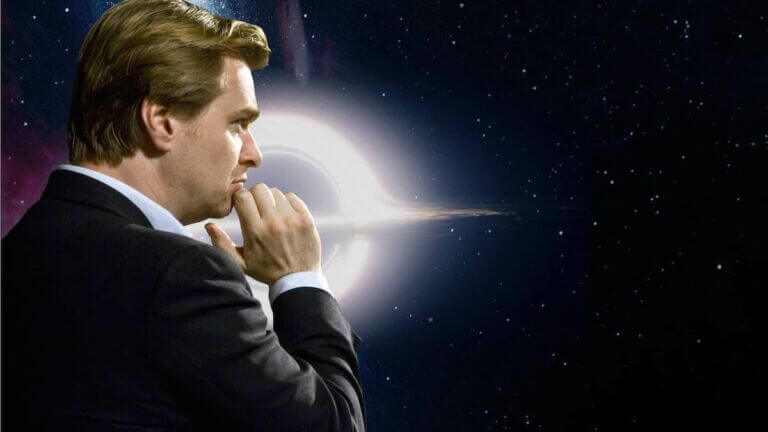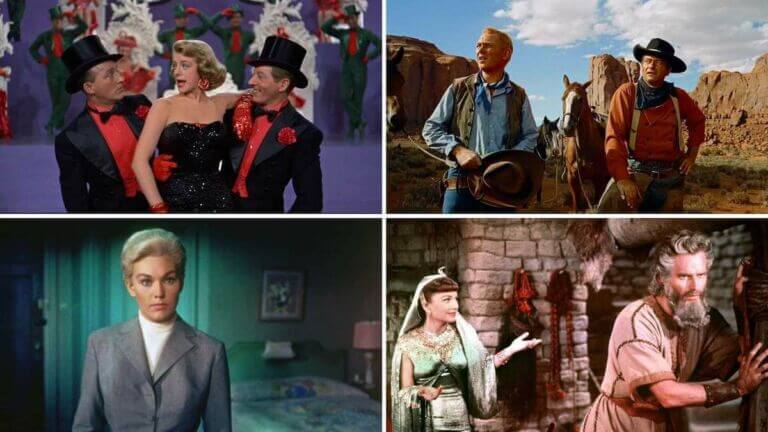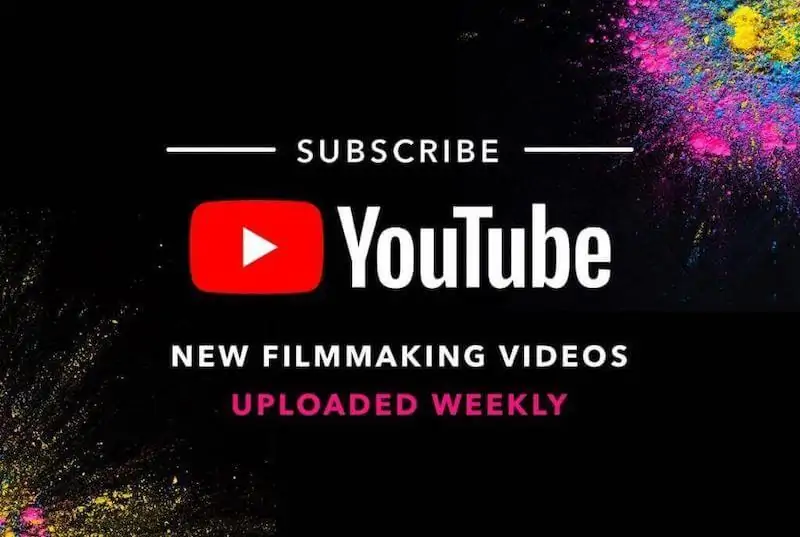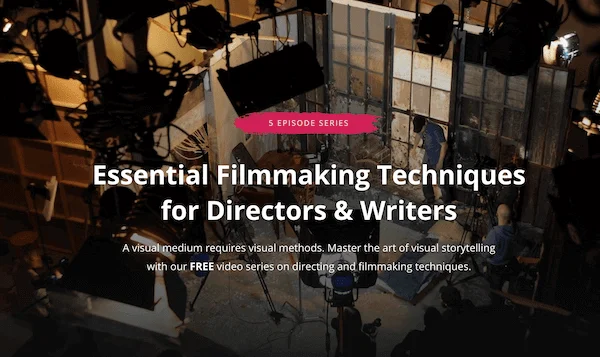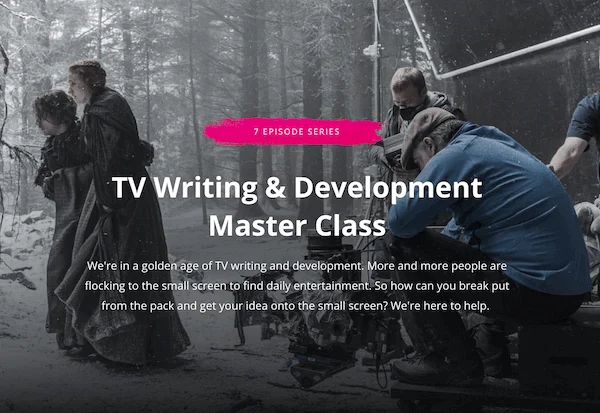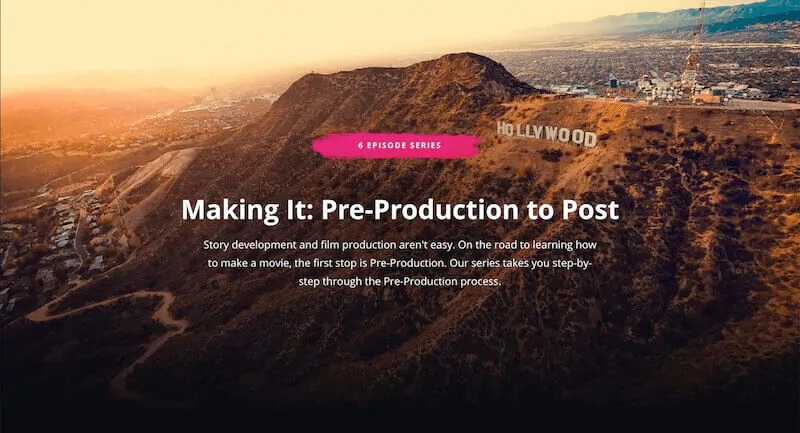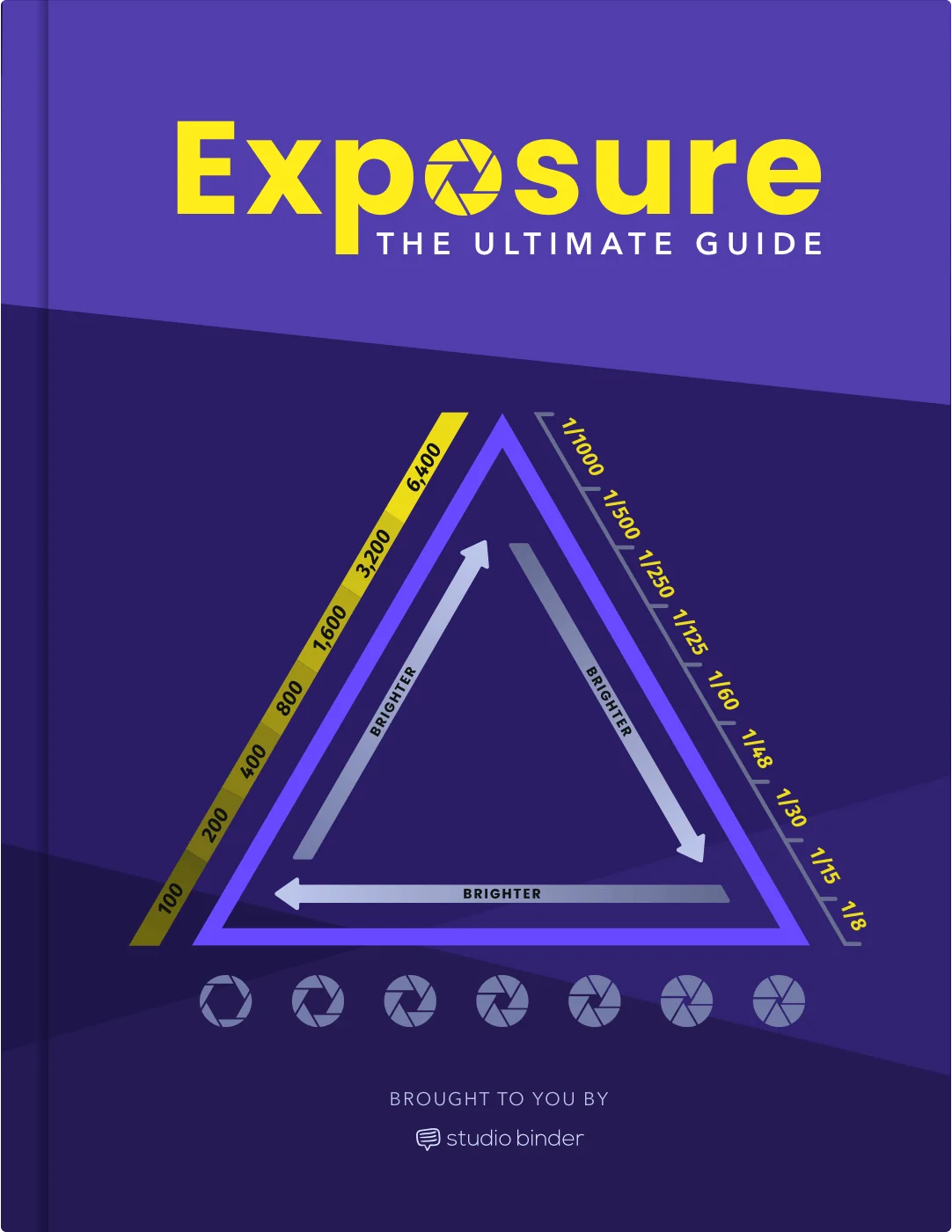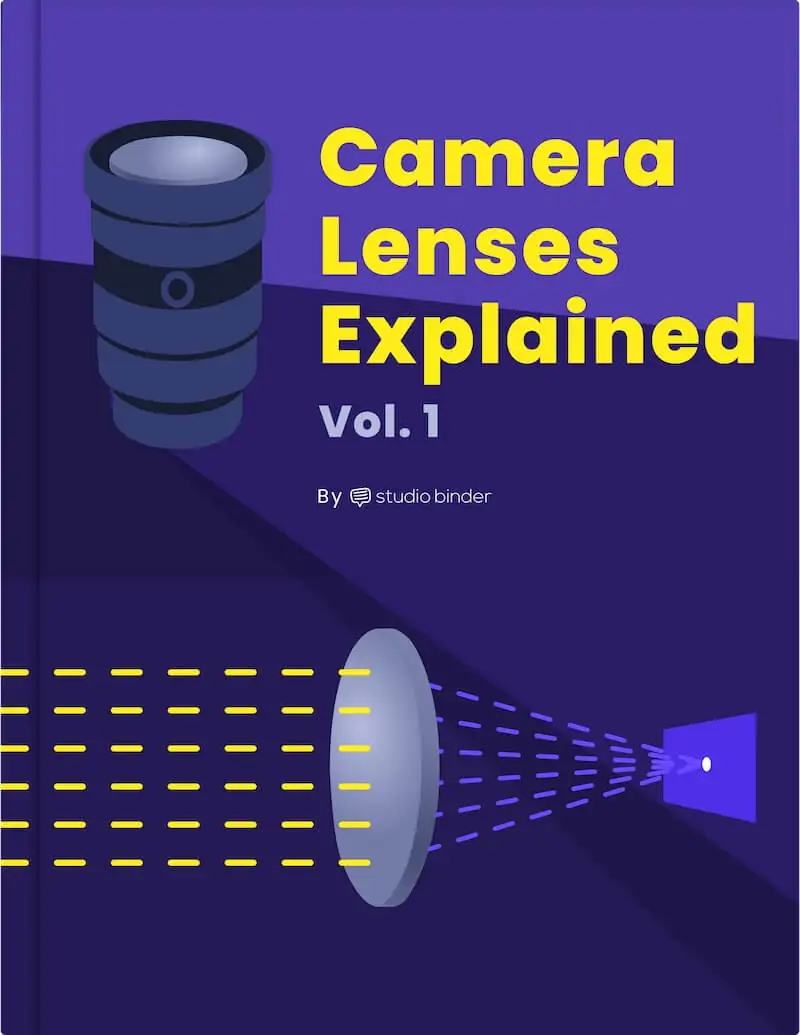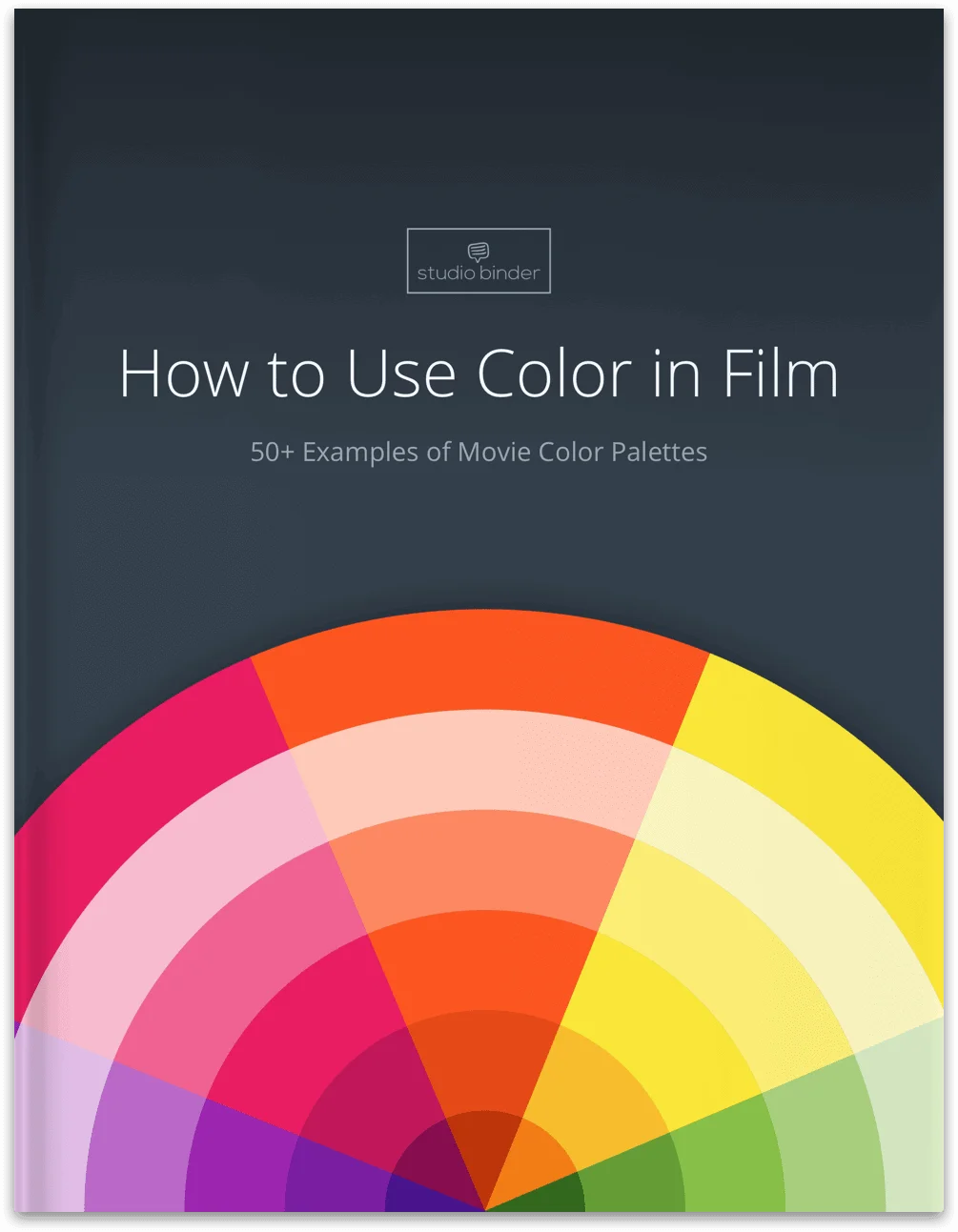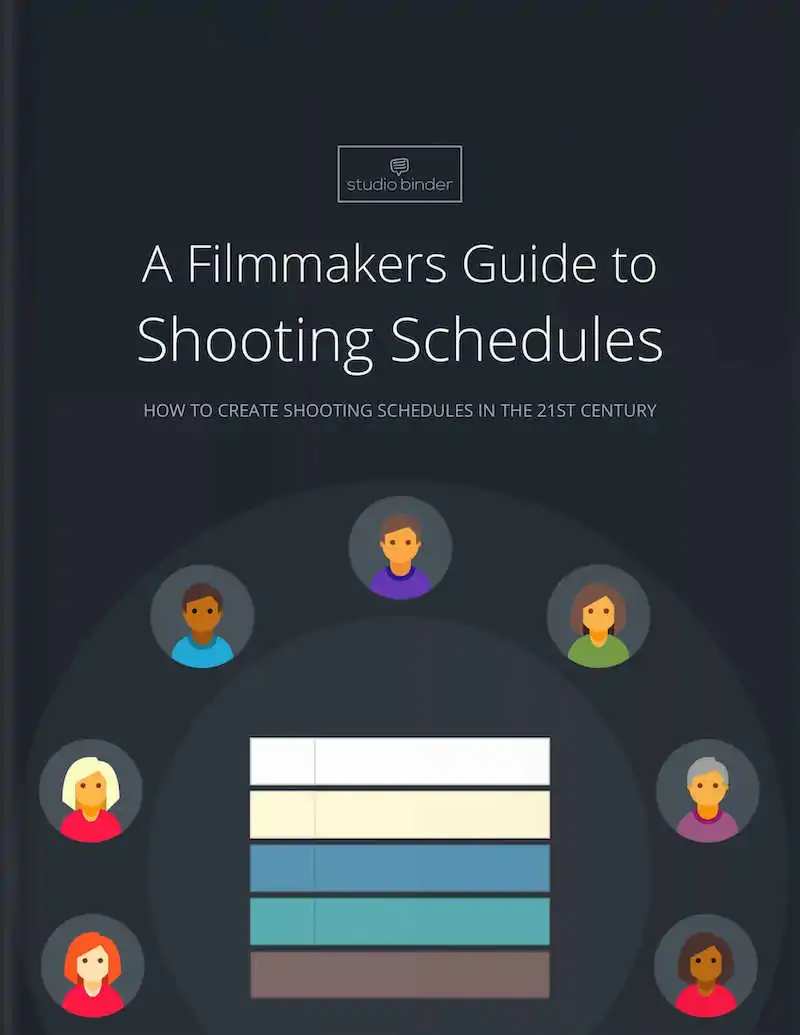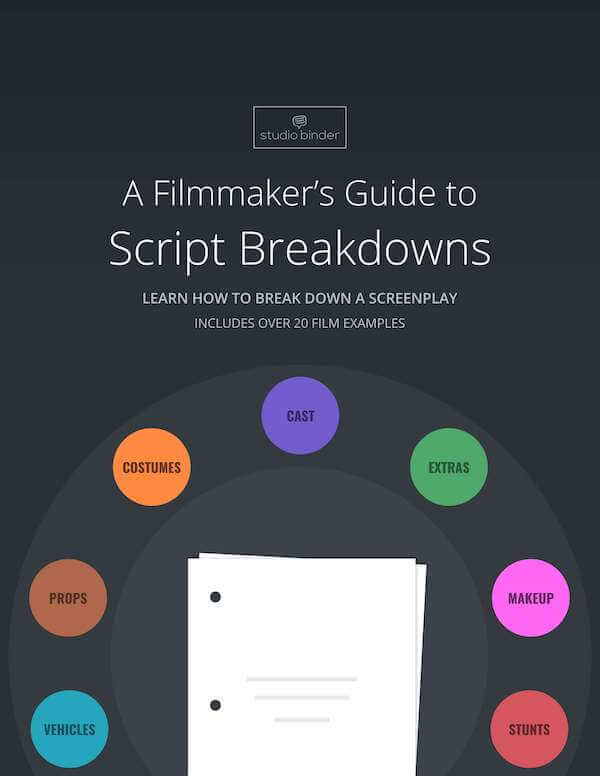Have you ever seen a photograph or a shot in a film and found your eyes wandering across the frame only to land at something significant? Odds are, leading lines were used to direct your attention. Photographers and cinematographers alike use various types of lines to lead the viewer’s eyes and tell a story through… Continue reading What Are Leading Lines — Composition in Photography & Film
What does high concept mean? The term ‘high concept’ is thrown around in film circles with reckless abandon but the true meaning is often misused or misconstrued. In this post, we will define high concept, debunk many of the misconceptions around the term, and look at some examples. And we’ll let you know how you… Continue reading What is High Concept in Film — Definition and Examples
The Inception hallway scene is one of the all-time best cinematic action scenes – but how did director Christopher Nolan and his production team make it? We’re going to take you behind the scenes to show you the technical ingenuity of the Inception hallway scene. A sequence that not only boggles the mind but was… Continue reading Inception Hallway Scene — How They Shot It Without CGI
Have you ever watched a movie with a plot twist that blew your mind and then watched that movie again and noticed signs leading to the twist? You’re not alone. So, what is foreshadowing? Is it just simply dropping clues or is it something more? Implementing foreshadowing techniques into your story can create anticipation that… Continue reading What is Foreshadowing — Definition, Examples in Film and Lit.
Most movies can be characterized as being one genre or the other. If the plot involves a love triangle, that’s most likely romance. If the plot is about a space marine, it’s most likely science-fiction. If the plot involves a group of kids running away from a monster, that’s probably horror. The things that make… Continue reading Genre Conventions — The Building Blocks of Genre Storytelling
Swiss psychoanalyst Carl Jung changed the conversation on psychology forever when he proposed his theory on archetypes and the collective unconscious. But Carl Jung’s proposed archetypes, otherwise known as Jungian archetypes, aren’t just pertinent for psychologists – they’re applicable for storytellers too. So, what are the Jungian archetypes? We’re going to look at these to… Continue reading What are the Jungian Archetypes — Writer’s Guide to Archetypes
There is a saying: the best film editing is the editing that nobody notices. Though there are exceptions, this is pretty widely accepted as truth for the most part. So if good editing purposely avoids standing out, how are the nominees and winners of the Best Film Editing Oscar picked out and decided? The editing style… Continue reading Academy Award For Best Film Editing — Top 20 Winners Ranked
Detective movies love a good interrogation scene. It’s when the protagonist finally meets her foe, sitting across from him in a small room with nothing to do but talk. For filmmakers, these scenes are a dramatic goldmine, allowing them to dig into the psyche of their two leads while also revealing key plot details. At… Continue reading The Dark Knight Interrogation Scene Explained (Free Script)
It is not uncommon for writers to find inspiration from their dreams. Dreams are a canvas of the subconscious that humans have innately interpreted throughout history. This allure to deciphering dreams has made them an incredible storytelling mechanism. Many screenwriters utilize dream sequences for their strong imagery and effective storytelling abilities. In this article, we’ll analyze… Continue reading How to Write Dream Sequences in Film — Format & Story Tips
Whether you searched them out yourself, or whether someone recommended you “work on structure,” all writers have come across a screenplay structure in their day. Some swear by it, others liken it to creative cancer. The truth is, whether you like them or not, there is value in understanding what the formulas are and how they… Continue reading Screenplay Structure Examples — A Guide for Screenwriters
Christopher Nolan is one of the most revered directors of the 21st century, known for his cerebral blockbusters like Inception and The Dark Knight. Much is made of his striking visual style and expert direction, but his work as a screenwriter is equally important to his career success. While Nolan’s cinematic subjects are far ranging—from sci-fi… Continue reading Christopher Nolan’s Writing Process Explained & Script PDFs
Before the 1950s, nearly every single movie was in the same 4:3 aspect ratio. But then CinemaScope from 20th Century Fox changed the landscape with widescreen imagery to get people into theaters nationwide. Pretty soon, other studios were making their own widescreen movies, including Paramount Pictures with VistaVision. What is VistaVision, you ask? Well, it… Continue reading What is VistaVision — A History of Widescreen in Hollywood
